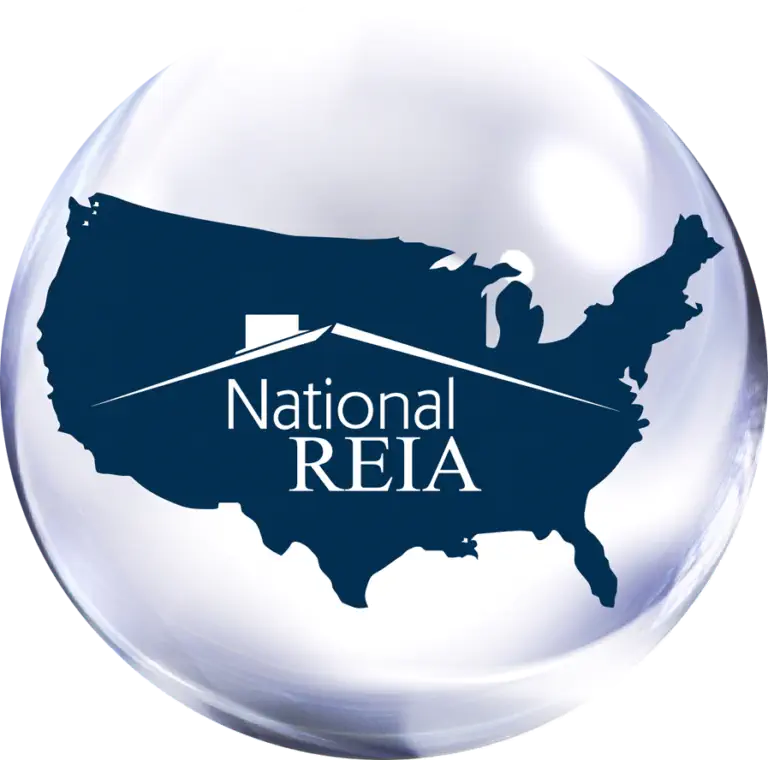Real estate investors often face a challenge when it comes to securing funding, especially if they want to avoid traditional financing or large down payments. This is where private lenders come into play. Private lenders can provide the funds you need to purchase properties, renovate them, and scale your portfolio—all without the hurdles of bank loans. Based on insights from successful investors Will and Veronica Pritchett discussion on the above podcast, we’ve compiled a basic guide on how to find, connect with, and work with private lenders to fuel your real estate journey.
Finding and Working with Private Lenders:
A Step-by-Step Guide
1. Understand What Private Lending Is and Why It Matters
Private lenders are individuals (often friends, family, or acquaintances) who loan funds to investors to buy real estate. These loans are usually secured by the property itself, meaning that the lender has collateral if the borrower defaults. The loan terms—interest rates, duration, and repayment—are negotiated directly between you and the lender, which can lead to more flexibility than traditional financing.
Private lending is advantageous because:
- It allows investors to fund deals without going through the bank.
- It enables creative financing strategies.
- It can help investors build their portfolios faster.
2. Identify Potential Private Lenders in Your Network
Many investors assume that private lenders are only people with obvious wealth, but that isn’t always true. According to Will and Veronica, potential lenders are often people you already know. Friends, colleagues, or family members might have funds available in their savings or retirement accounts and could be interested in investing in real estate if approached correctly.
Here’s how to identify potential lenders:
- Start with close connections: Friends, family, and acquaintances may already trust you and be open to the idea of lending.
- Look for under-the-radar investors: Many people with stable careers (such as teachers, firefighters, or lawyers) often have savings or retirement accounts that they want to grow.
- Connect through networking events: Attending local real estate meetups, REIA (Real Estate Investor Association) meetings, and industry conferences can help you find people interested in lending to real estate investors.
3. Leverage Social Media to Attract Potential Lenders
Social media is a powerful tool for building credibility and showcasing your real estate activities. Will recommends treating social media like a resume. When you consistently share what you’re doing in real estate, you show potential lenders that you’re serious and active.
Here are some effective ways to use social media:
- Post about your progress: Share stories about recent purchases, renovations, or property tours. Even small updates can show you’re actively working in real estate.
- Share educational content: Post articles or quick tips about real estate investing. This can help build your reputation as a knowledgeable, trustworthy investor.
- Highlight success stories: If you’ve completed a project or closed a profitable deal, share that story. Success stories reassure potential lenders that their funds will be in capable hands.
4. Develop an “Elevator Pitch” to Explain Your Strategy
When you meet a potential lender, be ready with a concise explanation of what you do and how they can participate. Will and Veronica stress the importance of having a straightforward “elevator pitch” that explains your strategy, whether it’s buying and holding rental properties, flipping, or using the BRRRR (Buy, Rehab, Rent, Refinance, Repeat) strategy. Your elevator pitch should be a quick, clear statement about what you do, the type of properties you invest in, and why your approach is profitable.
Example:
- “I specialize in buying undervalued properties, fixing them up, and renting them out to create passive income. This allows us to build wealth over time and provide our lenders with solid returns on their investments, secured by real estate.”
5. Explain the Benefits of Real Estate Lending
Many people are interested in real estate investing but lack the time or expertise to manage properties. As an investor, you can offer them a chance to earn passive income without the day-to-day hassle. Here are a few benefits you can share with potential lenders:
- Secured by real estate: Unlike other investments, private loans for real estate are typically secured by the property itself. This means that if something goes wrong, the lender has collateral.
- Better returns than traditional savings: Private loans often yield higher returns (usually around 8-12%) compared to savings accounts or even stock market investments.
- Hands-free income: Real estate lending allows lenders to benefit from the property market without getting involved in property management.
6. Get Comfortable Talking About Money
Many people hesitate to discuss money, but Will and Veronica encourage investors to shift their perspective: you’re not asking for charity; you’re offering a great investment opportunity. When pitching to potential lenders, explain how their money will be used, how it will be secured, and what kind of returns they can expect. A clear and confident approach helps build trust and credibility.
7. Understand and Present the Basics of Self-Directed IRAs
Some potential lenders may not realize they can use funds from their retirement accounts to invest in real estate. A self-directed IRA allows individuals to invest in various assets outside the stock market, including real estate. Learning the basics of self-directed IRAs can help you educate potential lenders on how they can use their retirement funds to earn higher returns through real estate.
8. Build a Track Record and Reputation
It’s important to establish a track record before asking for substantial funds. Will and Veronica started with smaller private loans to build credibility. After successfully completing a few deals, lenders were more willing to fund larger projects, often covering both the purchase price and renovation costs. Here’s how you can build a strong reputation:
- Start small: For your first private loan, consider asking for a portion of the deal (such as 50% of the purchase price) to minimize the lender’s risk.
- Communicate regularly: Keep lenders updated throughout the project. Transparency fosters trust, making them more likely to work with you again.
- Follow through on promises: Paying lenders back on time builds credibility and opens the door for larger investments in future projects.
9. Be Prepared to Offer Competitive Returns
Private money is often more flexible than hard money, but it still requires an attractive return to entice lenders. Private money lenders usually expect returns of 8-12%, depending on the deal. Calculate and communicate the expected returns and emphasize how these compare favorably to other investment options. You may also consider structuring the loan as interest-only for a set period, which often appeals to lenders looking for predictable cash flow.
10. Present the Partnership as a Win-Win Opportunity
Finally, when discussing private money with lenders, present it as a partnership rather than a traditional borrower-lender relationship. Will and Veronica frame it as a “business partnership,” emphasizing that each side brings value: you, the investor, bring expertise and deal-finding capabilities, while the lender provides capital to make the project possible. This perspective makes the transaction feel more like a collaboration, which can ease any concerns the lender might have about risk.
Learn More
If you’ve struggled with finding and working with true private lenders—the kind who’ll finance your rentals at 6-8% or fund rehabs at 10% with no points—this is the workshop you’ve been waiting for! Join us on December 14th for a master class taught by Will Pritchett, an expert in leveraging private money to build a successful real estate portfolio. (Class is FREE for members of MAREI)
Virtual Online Meeting!
In this workshop, you’ll discover:
- How to meet and connect with potential private lenders
- What to say to build trust and get them interested
- Techniques to negotiate and secure the financing deals you need
Don’t miss this opportunity to learn actionable strategies that can transform your funding approach and scale your real estate business.


